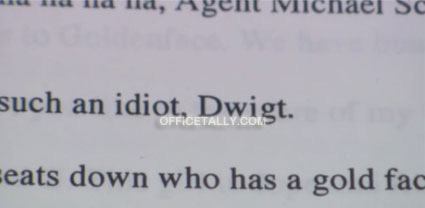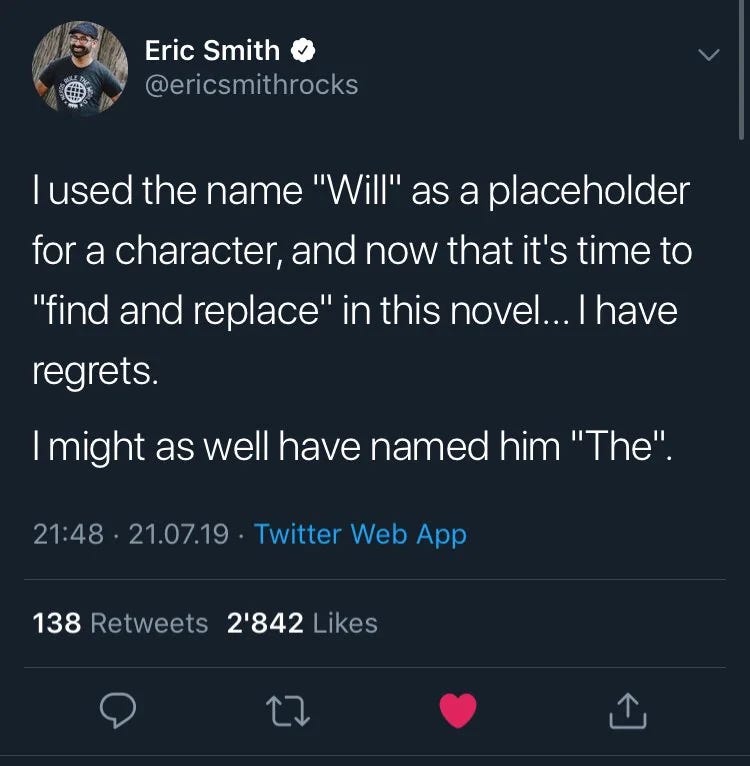How to Name Characters

For some, naming characters is the best part of writing. For others, it’s the worst. I love naming my characters, but it’ snot always easy. Here’s some tips based on my experience.
Placeholders Never Work
Not to mention you always run the risk of a typo making it past the ol’ “find and replace.”
Hidden Meanings
-
Gwen (“white, fair”)
-
Holly
-
Aspen
-
Xuebao (“snow leopard”)
-
Natasha
-
Noelle
-
Elena
Naming Groups of Characters
For example, the kingdom of Niran is inspired by the Middle East, so several Arab names pop up- Amir, Dina, Fatima, Amira, Zeytouna, Nadia.
The first chapter that takes place in Niran is called “The Kingdom of Fire.” In the original concept of the story, each of the kingdoms were based on a different element- water for Rialta, ice for Moorkavia, and fire for Niran- and each kingdom would have people who would be able to manipulate these elements. Although that idea was scrapped (partially for being too similar conceptually to Avatar: The Last Airbender, and you know, why repaint the Mona Lisa), it is still reflected in the names of some of the earliest characters in Niran.
-
Calida (خالدة) ("warm" in Spanish, "immortal" in Arabic)
-
Pirro ("red-haired/flame-colored")
-
Conley ("constant fire")
-
Nina/Anigmitra ("friend of fire")
-
Shula (“flame”)
-
Flint
-
Fiametta (“little flame”)
Avoid Alliteration
Basic vs Unique names
It’s fine to have some common names in your works, as well as some unique names. However, there has to be a balance of both, and depending on the genre, some names might stand out as odd. Unfortunately, no one told this to Frank Herbert.
It’s a delicate balance. Too many common names and it’s hard to keep everyone straight. Sarah, Rachel, Leah, Taylor, Chad, Brett, Paul, Aiden… all these characters sound like exactly the same person. It’s easy to confuse Mia and Olivia, less so Emily and Shalissa.
On the other extreme, if everyone’s name is so weird and impossible to pronounce? You end up with Rhysand and his brother Zephyr, son of Abisol Ewqv and Sewjlhbervb, ruler of the kingdom of Bousbboadojva.
Avoid names already associated with iconic figures
You know how some celebrities are only known by a single name? Beyoncé, Zendaya, Eminem, Prince, Rihanna, Shakira… some names are already so associated in people’s minds to a specific character or figure that it would be weird to name a character after them. If you have a character named Yoda, for example, it would only really make sense if their parents were Star Wars fans with incredibly bad taste in baby names. It’s still weird, but not addressing it at all is even weirder.
That being said, there’s nothing wrong with using a name commonly seen in books. There are more Aaron’s in the world than there are Aaron Warner’s, and there are more Violet’s in the world than Violet Sorrengail’s. Just make sure you’re not copying the character and making a cheap knock-off and you’ll be good to go.
That’s all for now,
Julia





